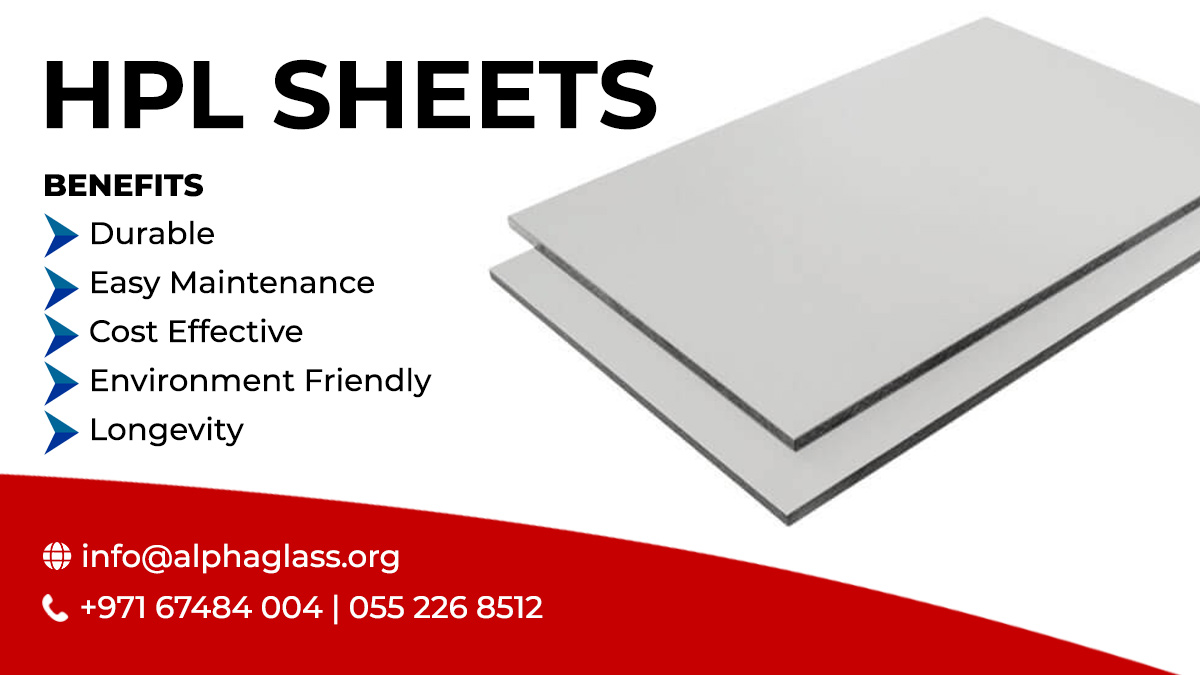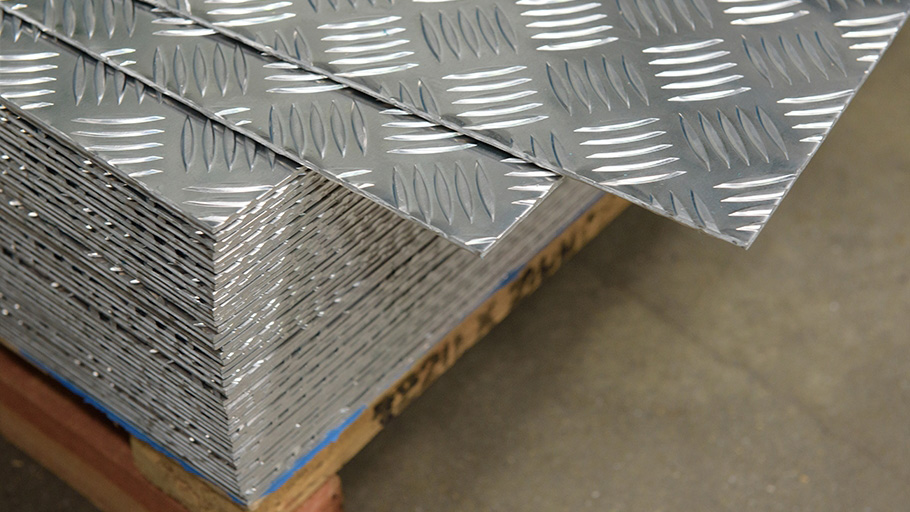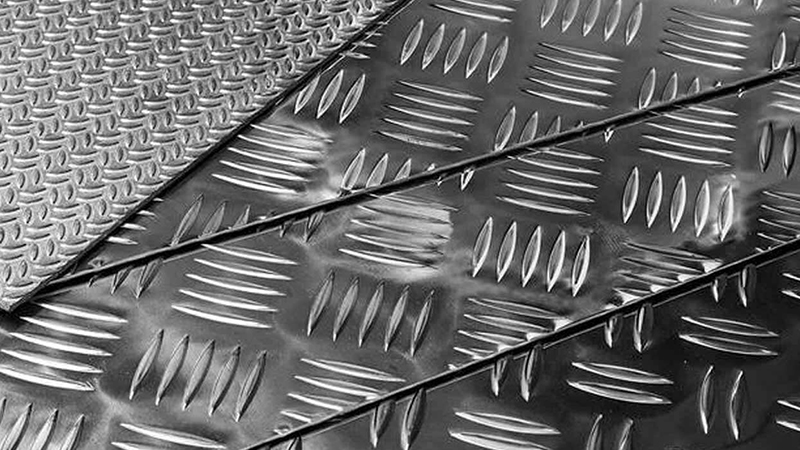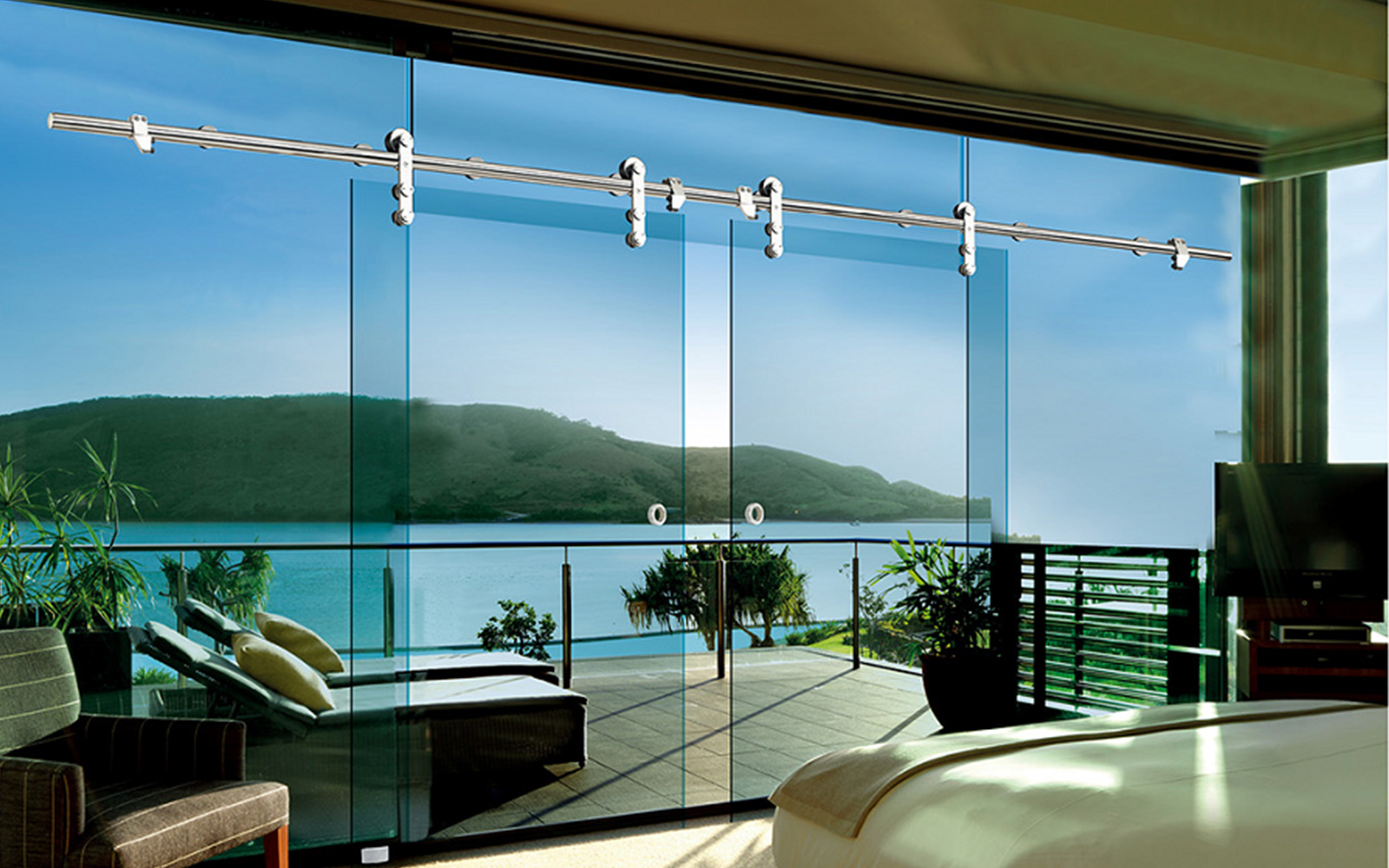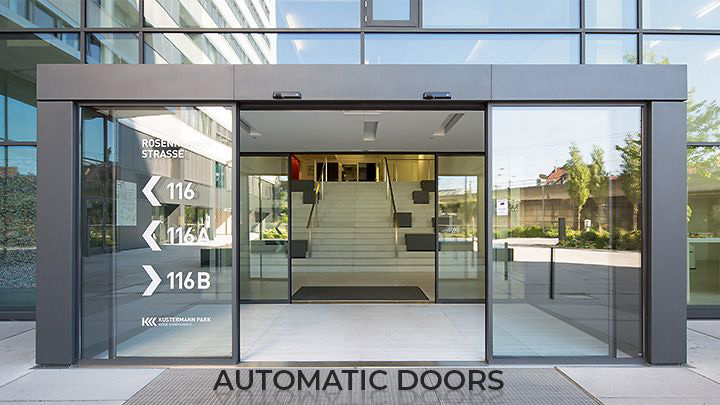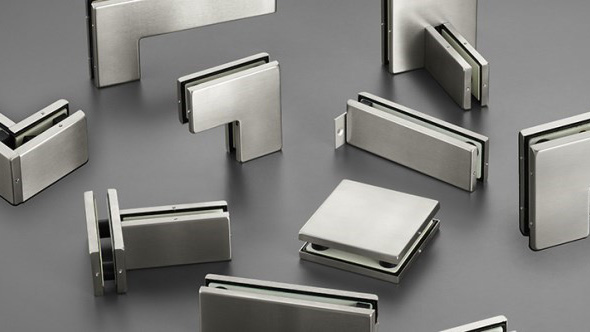Blog
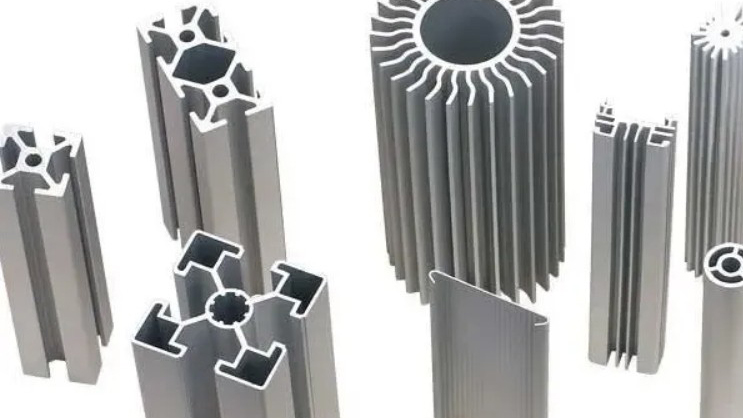
22
Oct
Aluminum Profile the Differences Between T4, T5, and T6
- Published in : Aluminium
- Posted By: admin
- 22 Oct 2024
Aluminum profiles come in various temper states, each offering different mechanical properties based on their treatment processes. Among the most commonly used temper states are T4, T5, and T6. Here’s a breakdown of their differences and applications.
T4: Naturally Aged for Strength and Flexibility
In the T4 temper, aluminum profiles are solution heat-treated and then naturally aged. This process allows the material to achieve a balance between strength and ductility. The result is an aluminum profile with moderate strength but enhanced flexibility, making it ideal for applications where some degree of forming or bending is required before the final product is made.
Key Features of T4:
- Solution heat-treated
- Naturally aged at room temperature
- Moderate strength and improved flexibility
- Suitable for applications requiring further shaping
Applications: Automotive body panels, structural parts that require forming.
T5: Cooled and Artificially Aged for Immediate Use
The T5 temper involves profiles that are cooled from an extrusion process and then artificially aged to achieve a stable state. This results in a higher strength compared to T4, but without undergoing the full heat treatment process like T6. T5 temper is commonly used for applications that require moderate strength and do not involve additional working or shaping of the material.
Key Features of T5:
- Cooled from extrusion and artificially aged
- Moderate to high strength
- No further forming required post-production
- Faster production time compared to T6
Applications: Window frames, doors, and construction parts.
T6: Fully Heat-Treated for Maximum Strength
In the T6 temper, aluminum profiles are solution heat-treated, followed by artificial aging to achieve maximum strength. The T6 process provides superior hardness and mechanical properties, making it ideal for heavy-duty applications where strength is a critical factor.
Key Features of T6:
- Fully heat-treated and artificially aged
- Maximum strength and hardness
- Ideal for structural and load-bearing applications
- Reduced flexibility compared to T4 and T5
Applications: Structural components in aerospace, heavy-duty construction parts, and automotive chassis.
Choosing the Right Aluminum Profile State
The choice between T4, T5, and T6 depends on the specific needs of the application. For projects requiring flexibility and further shaping, T4 is often preferred. T5 offers a balanced middle ground with quicker production, while T6 provides the highest strength and durability.
Understanding these differences ensures that you select the right temper for your project, balancing strength, flexibility, and efficiency. Get in touch with our sales team for more information
